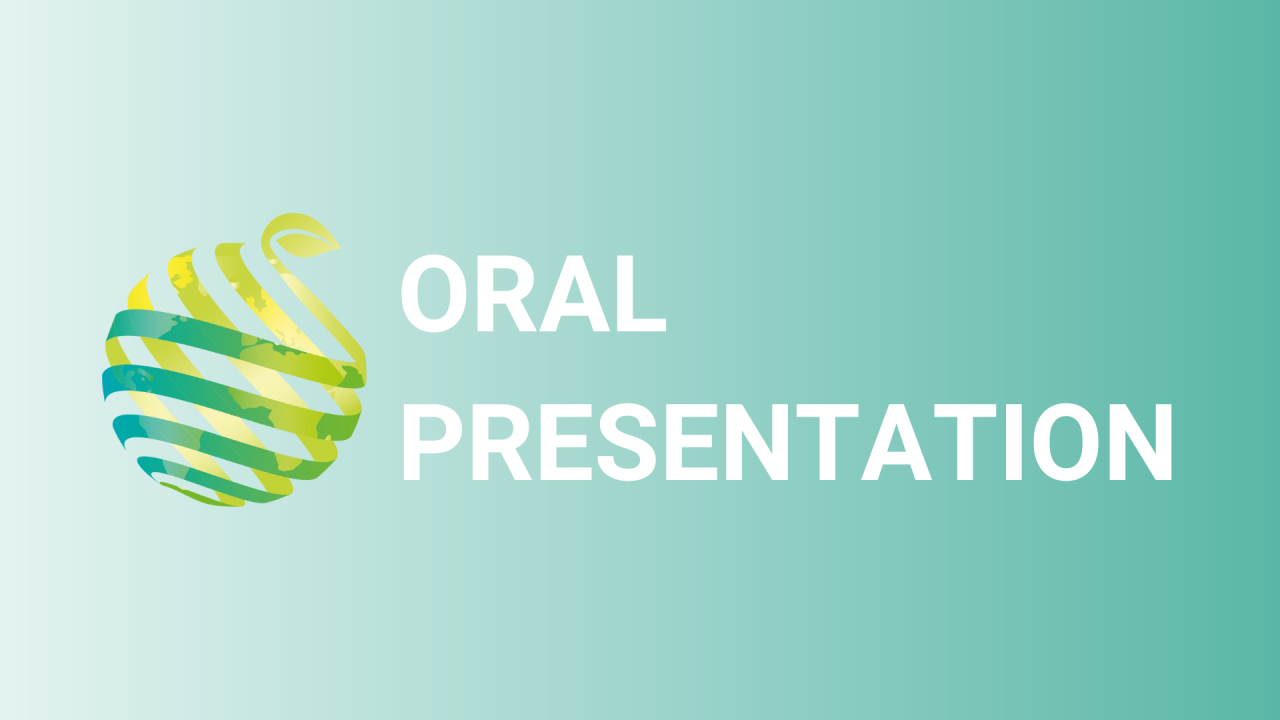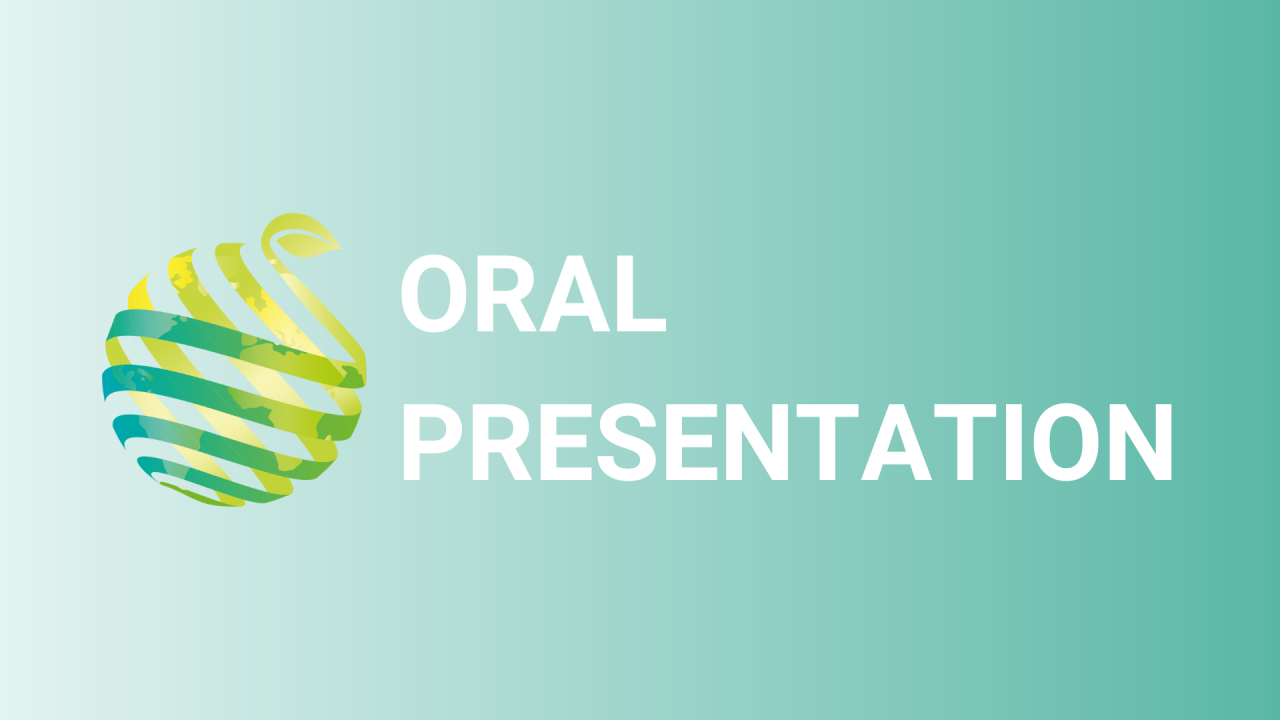

S09 - Session O5 - Importance of affordances built into gardening tasks to trigger client positive behavior
Information
Authors: Sayaka Mita *, Takahiro Hayashi
The effect of horticultural therapy is thought to be determined by the client's active behavior in response to the gardening task. In the medical field, it is known that high self-efficacy (SE) is involved in the active behavior of clients for treatment. SE is defined as a cognitive self-evaluation that determines how well one can cope with the events one faces. Previous studies in brain science have reported that active behavior based on high SE activates neurogenesis in the client's brain and accelerates functional recovery. Whether or not an active action is possible depends on the information that the client obtains from the environment surrounding one and what one sees. That information is called affordance in ecological psychology advocated by J. J. Gibson. Affordance gives humans the information and the possibility of action to decide what to do. Whether a client can carry a watering can is determined by recognizing the affordance of that size. If the client cannot recognize affordance, no action is taken. We believe that the reduced function is improved by the client circulating the cycle of "perception→cognition→high SE→active behavior" for the affordance of the gardening task. It is important for the horticultural therapist to draw out the active behavior of the client by designing the physical and chemical characteristics such as the shape, size, color, and aroma of plants and tools, and their placement position and distance according to the client's preference. In this research, we systematized the scientific knowledge of cognitive-behavioral psychology by systems approach, and created a system model to elicit the active behavior of clients. Based on this model, we considered affordances in plants and how to organize them into gardening tasks, which elicit the active behavior of clients.